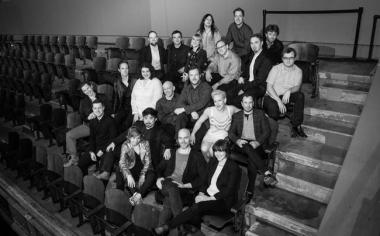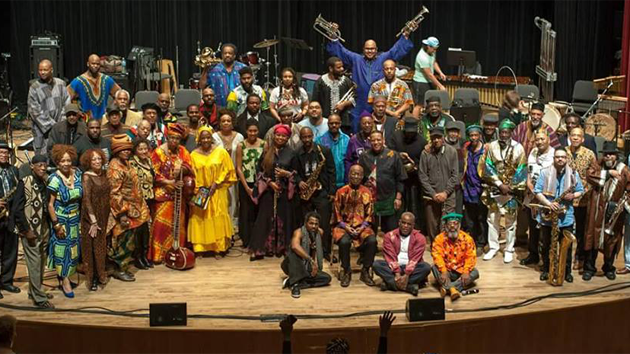
Organizational meetings are rarely fun in real life, and they’re no better in dramatized form — at least, not in George Lewis’s 2015 work Afterword, an opera.
The show, performed at Ojai North at UC Berkeley’s Zellerbach Hall on Friday, draws from the final chapter of Lewis’s history of the Association for the Advancement of Creative Musicians (AACM), an experimental music collective founded in 1965 by a group of African-American artists living on the South Side of Chicago. But Afterword isn’t a history of the AACM, he insists. The singers (the phenomenal trio of Joelle Lamarre, Gwendolyn Brown, and Julian Terrell Otis) do not play historical characters; instead, they’re avatars that engage in “imagined intergenerational dialogue about overarching social, cultural, and aesthetic issues.”
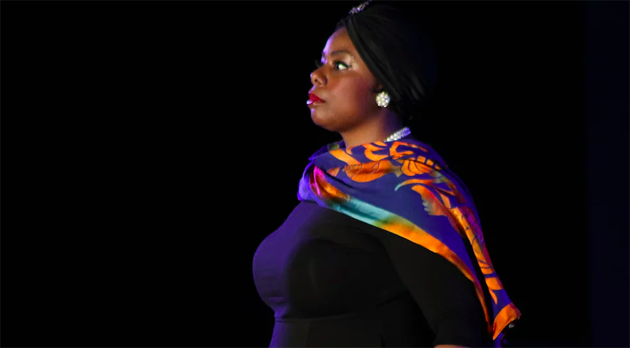
For an opera that’s not a history of the AACM, however, Afterword dedicates a whole lot of its runtime to meetings of the fledgling organization. The vocalists, with the International Contemporary Ensemble (ICE) and conductor Steven Schick, delivered a top-notch performance, but still, this 10-scene opera would be better in five.
The opening was promising. Despite an absence of characters in the traditional sense, the first two scenes, which describe life “Down South” and newly “Up North,” exerted impressive emotional pull. Lewis compiled the libretto from transcripts of AACM members’ conversations, and the quick exchanges in the second scene are especially naturalistic.
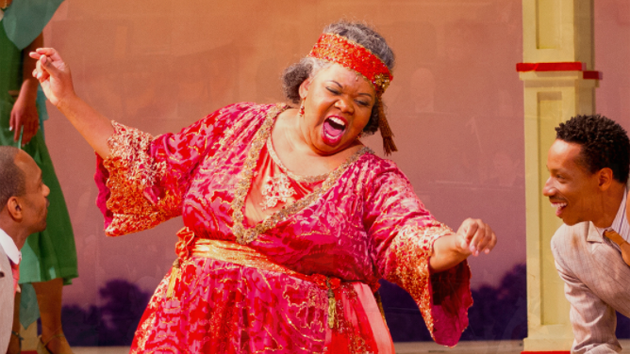
Barring some early awkwardness (soprano Lamarre acted convincingly, but there was no need to mime everything, especially with such limited space on the central platform), director Sean Griffin’s staging generally worked well. The movements grew more effective as they became selective, and tenor Otis’s quietly simulated Raising of Lazarus was a nice touch.
Costumes, by Griffin and Catherine Sullivan, were also strong. In the first act, each character’s dress hearkens from a different time (Otis in ‘70s denim-on-denim, Lamarre in a ‘50s-style satin dress), emphasizing the commonalities of experience across generational and geographical lines. Kaftans and tunics — and especially, Lamarre’s self-conscious abandonment of her platinum wig, for which the others ribbed her — animated a time jump in Act 2.
Lewis’s abstractions are mostly successful; it’s the specifics that make this opera earthbound. Scene 4 ushers in the meetings, whose transcripts (“Original music restores us through adherence / To natural laws and spiritual applications”) I might read if I were feeling virtuous, but, dragged along to music, do not elicit interest in the avatars, the opera, or the AACM.
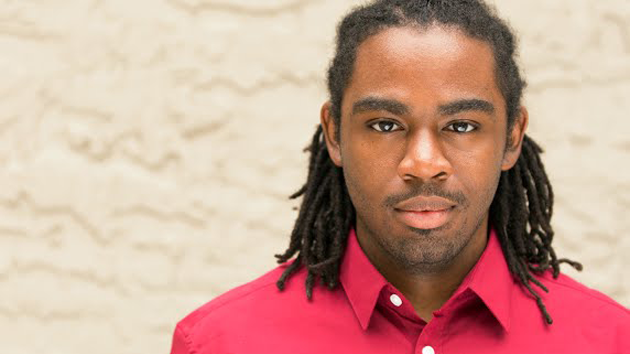
Long proclamations about musical ideals were especially tiresome with so little variety in the vocal writing: nearly everything is slow, lyrical, and coherent, sentences beautifully and completely composed. In these meetings, exchange occurs at a glacial pace (are these artists so polite as to never interrupt each other?), but more important, the audience never gets to hear the experimental music being described: The vocalizations, at least, sound basically classical. “I don’t care how we play or what we play,” contralto Brown sings. It seems like Lewis agrees: he’s constructed the all-important setting for music-making to occur; it doesn’t matter how the vocal parts actually sound.
The orchestral score is dense and wonderfully colorful, with material moving so quickly as to leave a mostly general impression on the first listen. It’s all interesting and complex music that rarely breathes, a busy static that, considering the effect achieved, seems needlessly difficult. That’s not to say that the ICE (or the singers) had any difficulty performing; they presented as strong a case as I can imagine.

When the established patterns changed, the opera came alive. Otis and Brown performed a compelling duet in the cemetery scene, and the unified rhythmic scheme at the beginning of “Paris” felt new. Here, when the AACM musicians exclaimed “Ils sont noirs! / They are black!” their thrill, at entering an unfamiliar musical scene, was palpable and convincing. Moments of humor enlivened, and beautiful textures proliferated in the orchestral interlude before the final scene.
Ultimately, these considerable pleasures were overshadowed by the dreary meeting scenes in an overly conceived show that’s bogged down by its own intentions. Lewis painstakingly constructed his archetypes, symbols, and narrative threads; it’s not hard to believe that he has a reason for each note. But good intentions don’t necessarily make for good entertainment.

